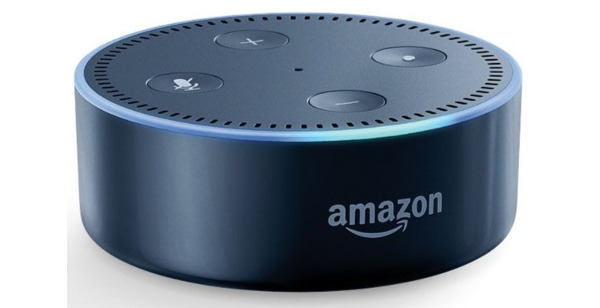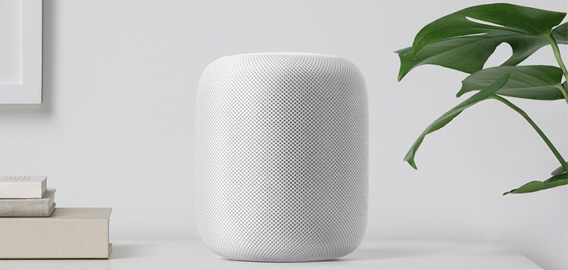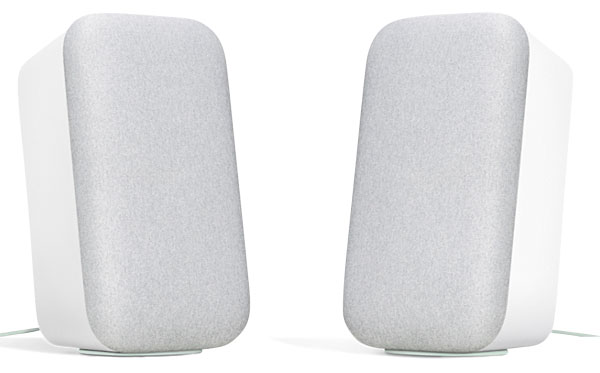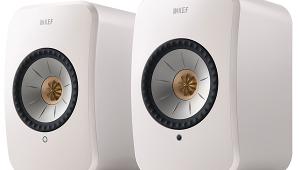The Ultimate Guide to Smart Speakers Page 2
 |
Panasonic SC-GA10 |
Smart speakers are showing up in a variety of form factors from soundbars to shower speakers. The Polk Command Bar with Alexa built in is a 43-inch-wide soundbar with an outboard subwoofer that houses a 6.5-inch driver; it’s a combo that should appeal to anyone who wants to upgrade the sound of their TV in a room tight on space. On the other hand, the point of the iLuv Aud Click Shower Speaker with Alexa embedded is less about music fidelity than showering you with answers even while you’re in a soapy condition.
 |
iLuv Aud Click |
That said, it’s not always an either/or choice when it comes to smartness versus sound quality, especially in homes having multiple speakers. With proper setup and a compatible sound system, you can use a less musically inclined smart speaker mainly for voice input and speech output, and you can tell it to send music to another home-networked speaker of whatever quality you aspire to.

The affordable hockey-puck-like Amazon Echo Dot and Google Home Mini are ideal for this. Or if the smart speaker sports an auxiliary output (as the Echo Dot does), you should be able to tether it to your A/V receiver and its set of speakers or directly to another powered speaker.
Once you start a relationship with your smart speaker, you can train it to work with a multitude of other household gadgets and appliances that can be controlled wirelessly or through a compatible smart speaker. The Alexa universe, for instance, purports to support more than 15,000 skills now, at least through Amazon’s own Echo series speakers. (See the sidebars “How to Educate Your Speaker” and “Accessorizing That Smart Speaker.”)

From the perspective of home automation, smart speakers and their ability to inexpensively leverage the Wi-Fi and broadband connections ubiquitous in today’s homes have remade an industry once relegated to the residences of millionaires. While companies like Crestron, Savant, Lutron, and Control4 pioneered the possible with automated control of lighting, HVAC, window shades, door locks, security cameras, and multiroom audio, their proprietary systems typically require specialists to perform custom installations and make follow-up visits to add devices and capabilities. Now, if you’re at all tech-savvy, you should be able to set up everything yourself using off-theshelf products at a fraction of the cost and do most of what you want to with your voice.
 |
Harman Kardon Allure |
Location is everything, of course. It’s clear that neither computers nor mobile devices are going away anytime soon. PCs continue to dominate the workplace, phones and tablets our in-transit and public spaces. It’s obvious, though, that instances of hands-free control within the home—to play music, launch a podcast, lower the volume, turn on the lights, turn up the air conditioning, unlock the door, find a recipe, turn on the faucet, order takeout, place or answer a phone call, get the weather, or change the TV channel—all represent remarkable advances in convenience. The new interface is invisible, with neither a remote nor a smartphone to reach for. It requires the least amount of human energy ever expended in our mastery of the digital world—that is, aside from having to mouth such words as “Alexa, tell me a joke.”






























































